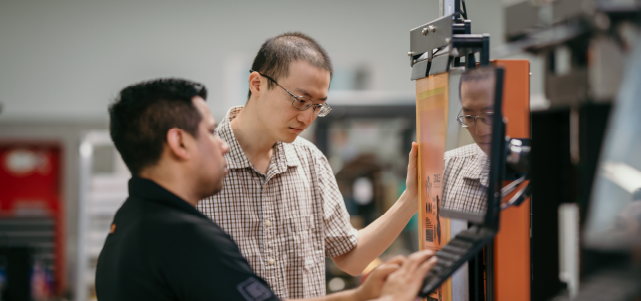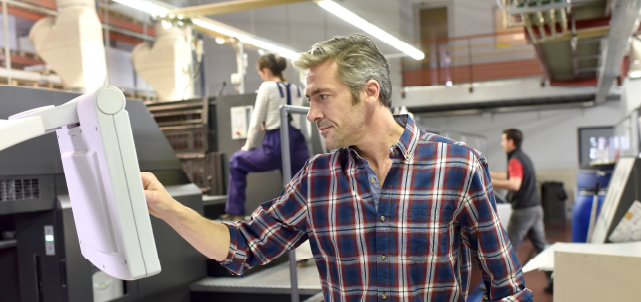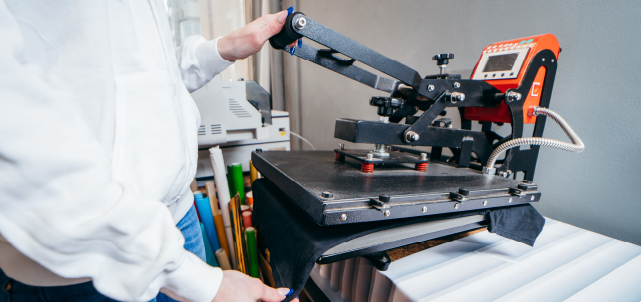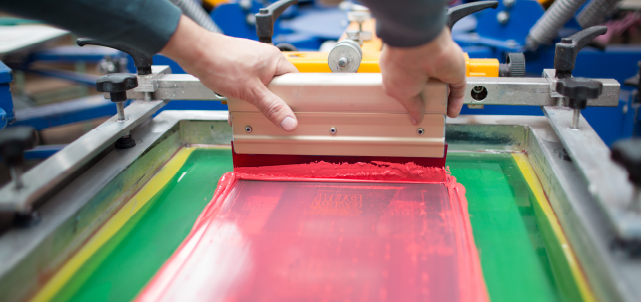Screen printing is a popular technique that uses a mesh screen, ink, and a squeegee to create designs on various materials, such as fabric, paper, and plastics. It is widely used in producing clothing, promotional items, and packaging materials.
However, like any other printing process, screen printing can be prone to errors and defects. These errors can be caused by various factors, including human error, equipment malfunction, and environmental factors, such as temperature and humidity. In this blog, we will discuss some systems and methods for accuracy improvements.
Methods to Improve Accuracy
Errors in screen printing can cost screen printers significantly in terms of wasted materials, lost time, and increased labor costs. Mistakes can result in unusable batches of printed materials, delays in meeting deadlines, and additional labor costs to correct errors. Screen printers can reduce these costs by implementing measures such as quality control checks and regular equipment maintenance.
There are several methods to improve accuracy in screen printing. Here are some of the most common:
Systematic Approach
One of the most effective ways to reduce errors in screen printing production is to adopt a systematic approach. This involves developing a clear and comprehensive workflow that outlines all the steps involved in the printing process, from design creation to final output.
The workflow should include details on the materials required, equipment to be used, ink color, and printing parameters. By following a structured workflow, screen printers can ensure that all the necessary steps are followed and that errors are minimized.
Regular Maintenance of Equipment
Another critical factor in reducing errors in screen printing production is the regular maintenance of equipment. This includes cleaning and calibrating the printing equipment, replacing worn-out parts, and ensuring that the ink is of the correct viscosity.
Regular maintenance helps to ensure that the printing equipment operates at optimal efficiency, reducing the likelihood of errors such as smudging, ghosting, and misalignment.
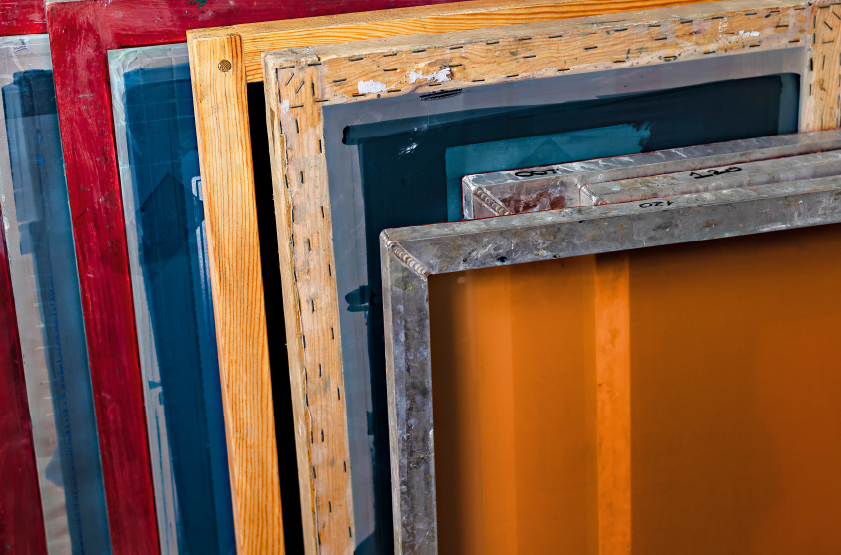
Quality Control Checks
Quality control checks are an essential aspect of reducing errors in screen-printing production. These checks involve inspecting the printed output at various stages of the printing process to identify and rectify errors before they become significant problems.
For instance, screen printers can inspect the design and film positives before preparing the screen to ensure that the design is accurate and that there are no errors. Similarly, they can also inspect the printed output at various stages of the printing process to ensure that the colors are accurate, the registration is correct, and the print quality is consistent.
Automation
Automation in screen creation or prepress printing can significantly reduce errors in the screen printing process. By eliminating the need for human intervention, automated systems can greatly reduce the likelihood of errors such as misalignment, smudging, or incorrect exposure times. Automated systems also enable screen printers to produce high-quality screens quickly and consistently, leading to improved accuracy and reduced waste.
However, it is important to note that automation can be costly and may only be feasible for some screen-printing operations.
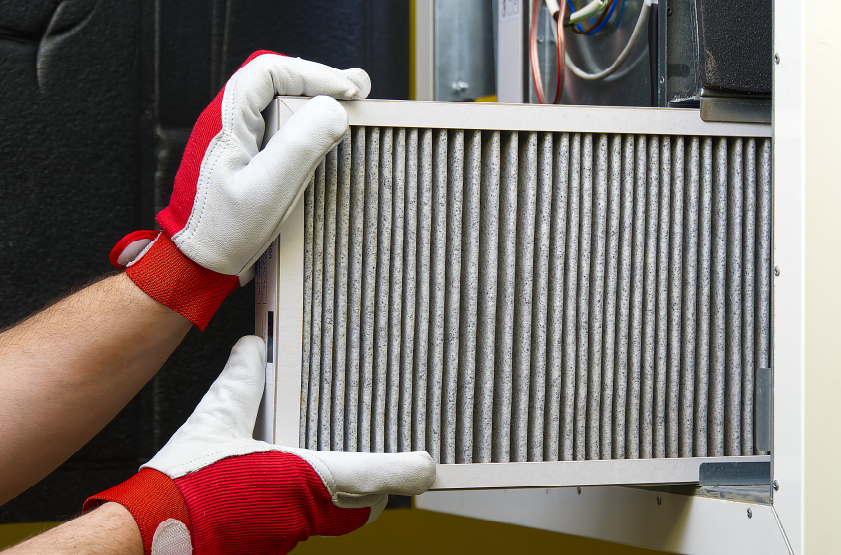
Environmental Controls
Finally, environmental controls are crucial in reducing errors in screen printing production. Temperature and humidity can affect the quality of the printed output, causing defects such as smudging, ghosting, and misalignment.
By controlling the temperature and humidity in the printing environment, the printed output is of consistent quality. Additionally, an air filtration system removes dust and other contaminants from the printing environment, reducing the likelihood of defects such as specks and pinholes.
Innovative Screen-Printing Solutions
Screen printing accuracy improvements require a combination of systems and approaches, including adopting a systematic approach, regular maintenance of equipment, quality control checks, automation, and environmental controls. By implementing these measures, the screen-printing operation produces high-quality output consistently, reducing waste and increasing customer satisfaction.
EXILE Technologies is a company that specializes in providing advanced imaging and prepress solutions for screen printing operations. Their products, such as the Spyder III Direct-to-Screen system, can help screen printers improve accuracy by eliminating the need for film positives, reducing registration errors, and improving the consistency of the printed output. The Spyder III Direct-to-Screen system also offers a high level of automation, reducing the likelihood of human error and increasing productivity. Overall, EXILE Technologies’ solutions can help screen printers improve accuracy, reduce waste, and increase customer satisfaction.
